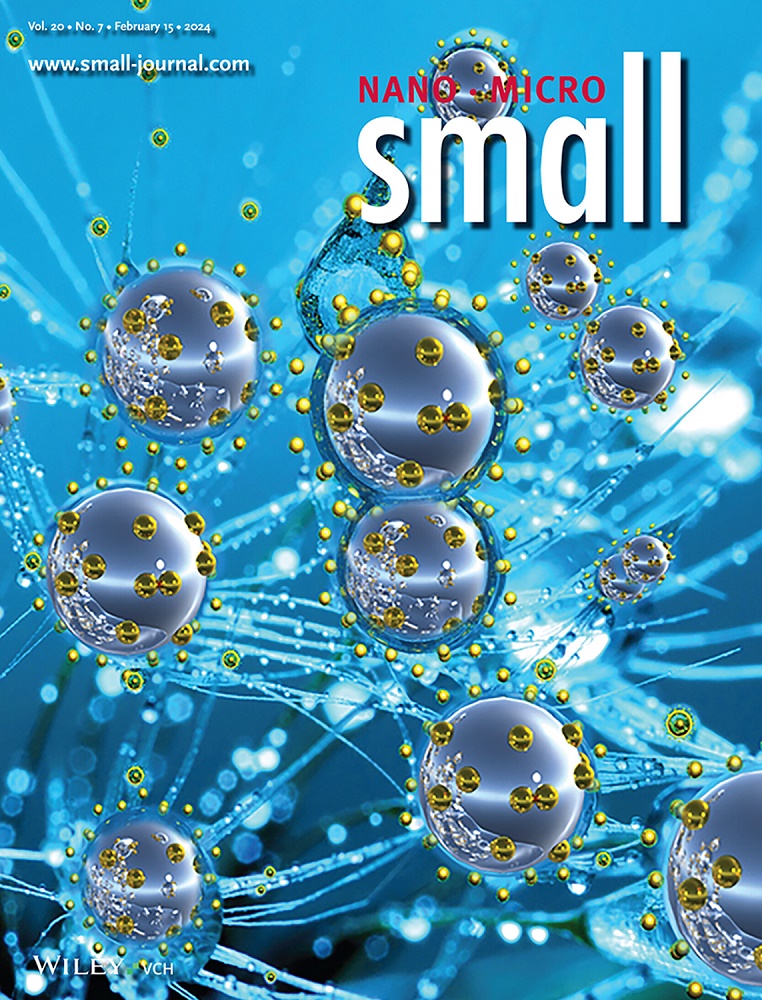聚酞菁酸化提高固态质子电池性能,具有高比容量和强大的循环稳定性。
IF 12.1
2区 材料科学
Q1 CHEMISTRY, MULTIDISCIPLINARY
引用次数: 0
摘要
固态质子电池被认为是最有前途的储能技术之一。然而,高效质子电解质的缺乏严重阻碍了它们的发展。本研究提出了一种简单、高效、可扩展的方法来合成高纯度、高结晶度的无金属聚酞菁(H2PPc),并将其与甲磺酸(MeSA)结合,得到固体质子电解质MeSA@H2PPc,在质子电池中具有很大的应用潜力。值得注意的是,MeSA@H2PPc在环境条件下表现出超过10-3 S cm-1的优越质子传导,以及优异的长期稳定性和迄今为止报道的固体质子电解质最宽的电化学稳定窗口(ESW)。更令人印象深刻的是,当用于固态质子电池时,MeSA@H2PPc具有出色的倍率性能,强大的循环耐久性和创纪录的高比容量,超越了先前报道的固态系统,并优于许多基于传统液体电解质的质子电池。本文章由计算机程序翻译,如有差异,请以英文原文为准。
Acidification of Polyphthalocyanine Boosts Solid-State Proton Battery Performance with High Specific Capacity and Robust Cycling Stability.
Solid-state proton batteries are regarded as one of the most promising energy storage technologies. However, the shortage of efficient protonic electrolytes significantly hinders their development. In this study, a simple, efficient, and scalable method for synthesizing metal-free polyphthalocyanine (H2PPc) with high purity and crystallinity is presented, which is subsequently integrated with methanesulfonic acid (MeSA) to give a solid protonic electrolyte, MeSA@H2PPc, demonstrating great potential for application in proton batteries. Remarkably, MeSA@H2PPc shows superior proton conduction exceeding 10‒3 S cm‒1 under ambient conditions, along with excellent long-term stability and the widest electrochemical stability window (ESW) reported to date for solid protonic electrolytes. More impressively, when used in solid-state proton batteries, MeSA@H2PPc enables excellent rate performance, robust cycling durability, and a record-high specific capacity, surpassing previously reported solid-state systems and outperforming many proton batteries based on conventional liquid electrolytes.
求助全文
通过发布文献求助,成功后即可免费获取论文全文。
去求助
来源期刊

Small
工程技术-材料科学:综合
CiteScore
17.70
自引率
3.80%
发文量
1830
审稿时长
2.1 months
期刊介绍:
Small serves as an exceptional platform for both experimental and theoretical studies in fundamental and applied interdisciplinary research at the nano- and microscale. The journal offers a compelling mix of peer-reviewed Research Articles, Reviews, Perspectives, and Comments.
With a remarkable 2022 Journal Impact Factor of 13.3 (Journal Citation Reports from Clarivate Analytics, 2023), Small remains among the top multidisciplinary journals, covering a wide range of topics at the interface of materials science, chemistry, physics, engineering, medicine, and biology.
Small's readership includes biochemists, biologists, biomedical scientists, chemists, engineers, information technologists, materials scientists, physicists, and theoreticians alike.
 求助内容:
求助内容: 应助结果提醒方式:
应助结果提醒方式:


